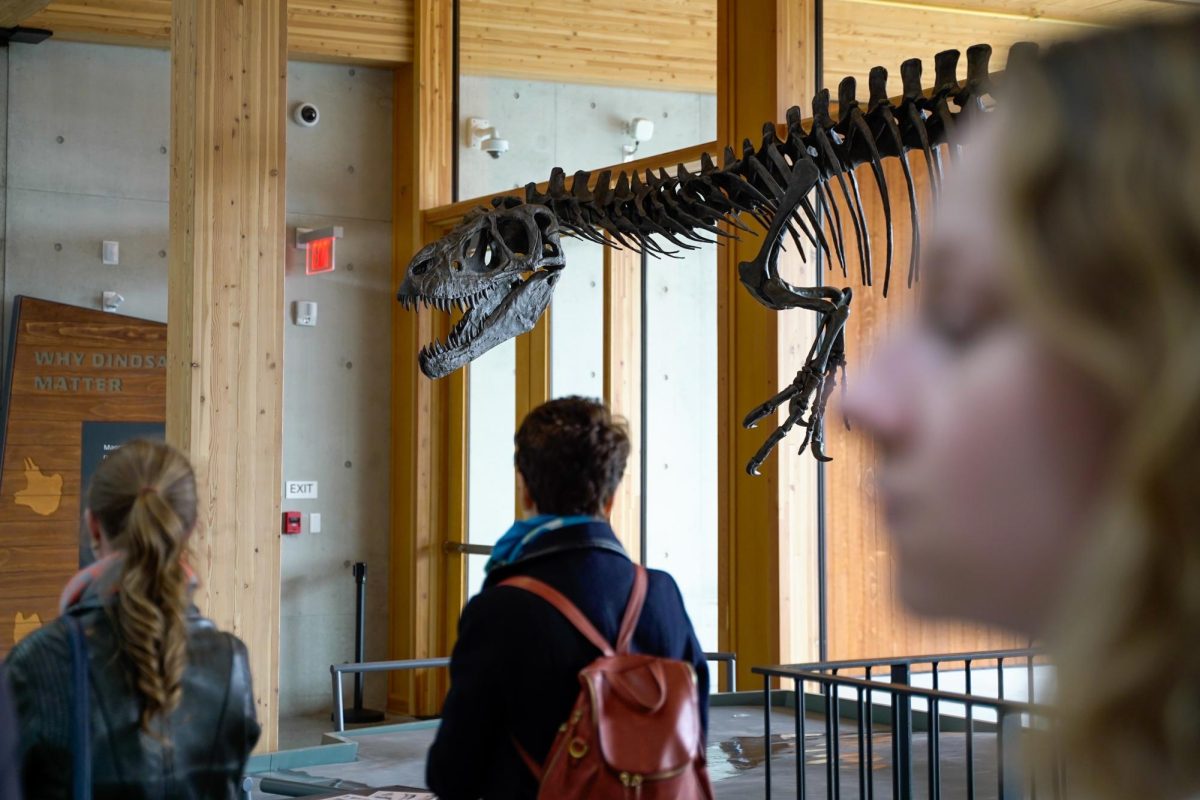By Kalie VanDewater | Sept. 16, 2019
On Saturday, people from all over swarmed to a Rowan-owned fossil park behind a Lowe’s in Mantua Township.
That park is the Jean and Ric Edelman Fossil Park, a paleontological site not only unique to New Jersey, but around the world. Saturday’s event was a community dig day, which allowed hundreds of people to spend time looking for fossils.
The park was originally a mine for green sand, which was used as a material for treating water. In 2011, the company mining there started to go bankrupt. Dr. Kenneth Lacovara, the founding Dean of the School of Earth and Environment and director of the fossil park, and Michelle Bruner, the Economic Development Coordinator for Mantua Township, wanted to do something about it.
“We realized then that if we were going to save [the site], we needed to open it up to the public and let the community organize a grassroots effort around it,” Lacovara said.
Thus followed the first Community Dig Day, which was a shot-in-the-dark effort with no budget, with a sign put out on the side of the road and a couple emails sent.
“I was hoping we’d get maybe 75 people,” Lacovara recalled. “We got 1,600 people that day, and we weren’t ready for it, it just floored us.”
Since then, community dig days have grown and become more organized. This year, 2,000 tickets for the event sold out in 14 minutes.
On the paleontological level, the site gives the best look at the “heyday of the dinosaurs,” around 65 million years ago, east of the Mississippi River.
Because New Jersey was submerged under almost 100 feet of water at that time, most of the fossils found at the site are that of marine life, including molds of the inside of clams and petrified corals and sea sponges.
Read the full story in The Whit
This story is part of The Whit’s participation in a statewide climate reporting collaboration with members of the NJ College News Commons, a network of campus media outlets working together to cover the climate crisis in New Jersey.


















